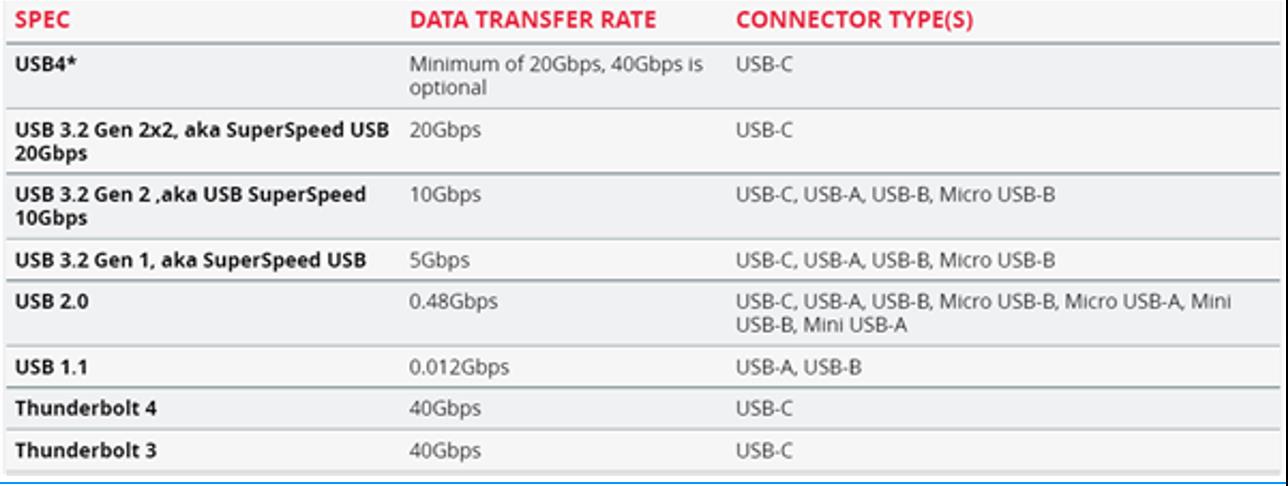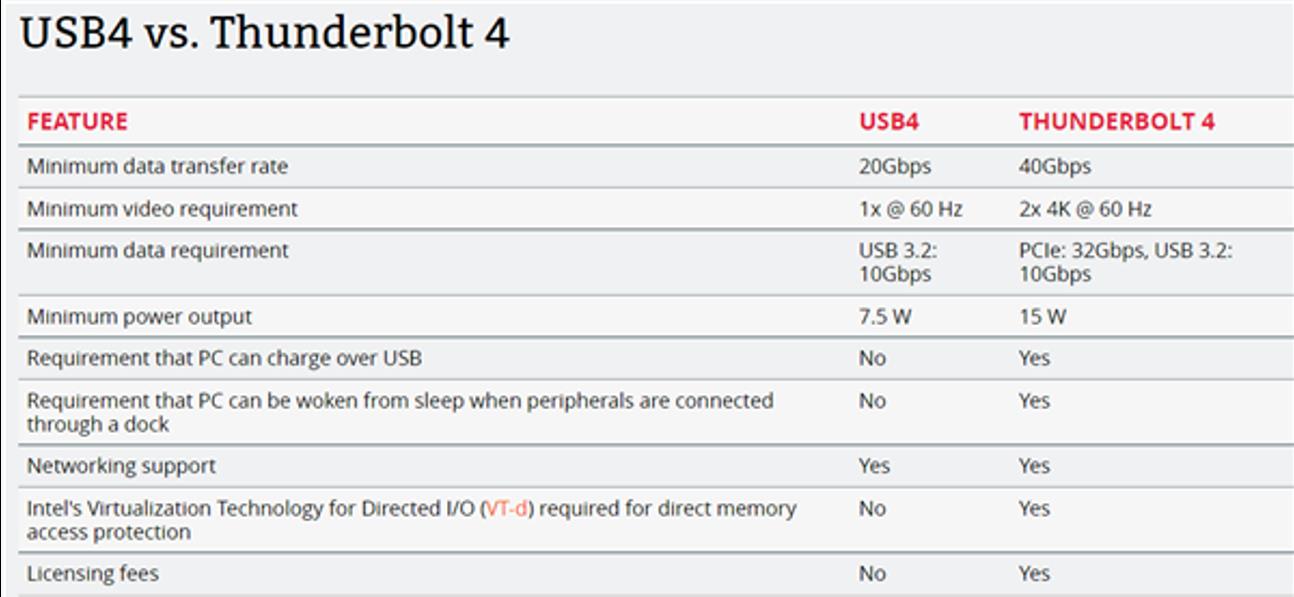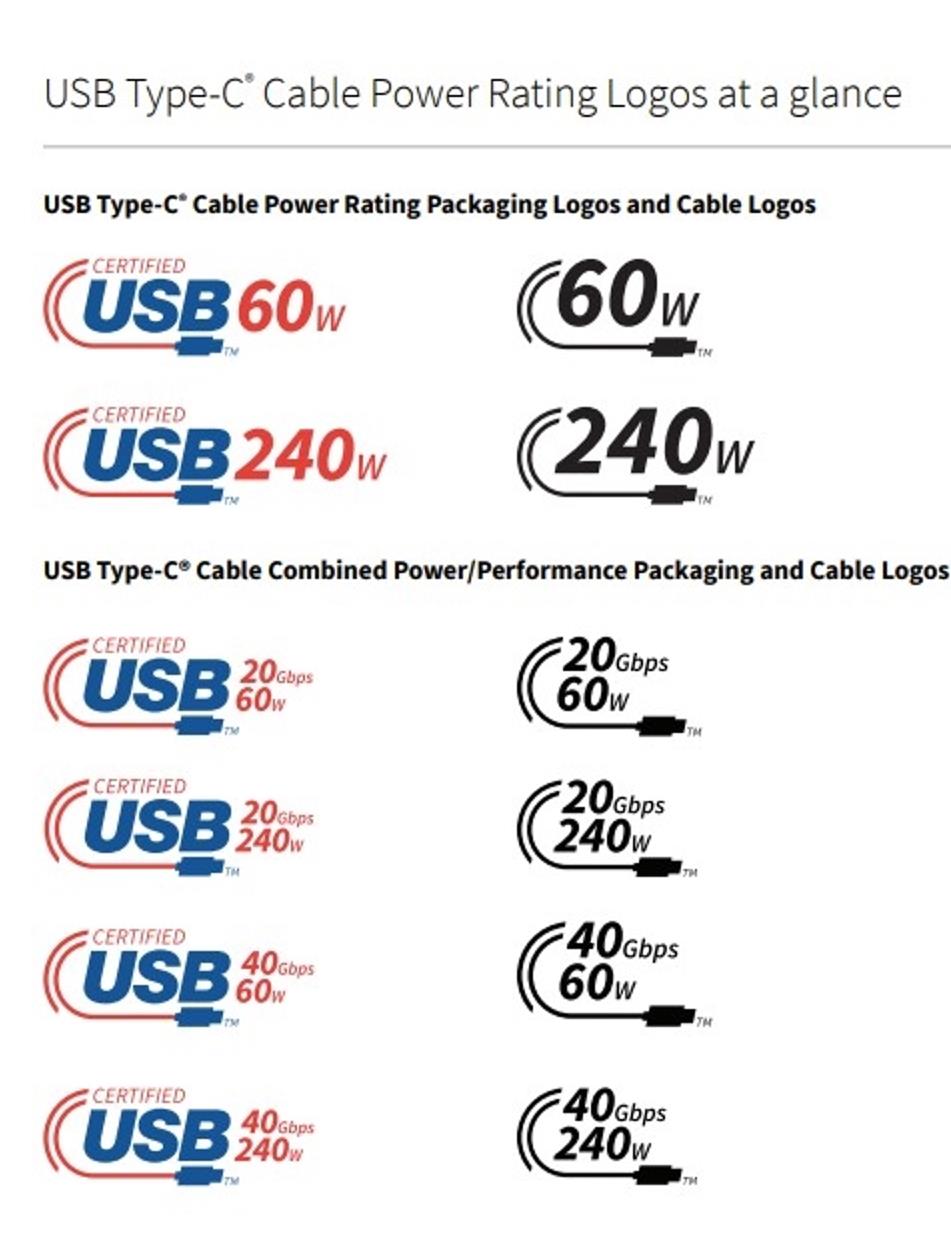No more confused !Understand the difference between USB 3.X, USB4 and Thunderbolt 4 through one picture
A few days ago, the USB-IF organization announced the launch of the USB4 2.0 specification. This is an upgraded version of the USB4 specification. It mainly adds an 80Gbps active cable standard, which doubles the speed and is the fastest interface at present.
Counting USB4 2.0, plus the existing USB 1.1 to USB4, and the Thunderbolt interface, there are at least six or seven types of USB interfaces that everyone can see, and the speed and physical interface of each standard are different. Yes, how to distinguish? This gives a lot of headaches.
The Arstechnica website in the United States published an article today that popularized the differences between USB and Thunderbolt interfaces. The main essence is a few pictures, which can clearly compare the differences between USB and Thunderbolt interfaces in previous dynasties.

Let’s talk about the USB interface first. The earliest USB 1.1 standard consists of two interfaces, USB-A and USB-B. The speed is so low that it is only 12Mbps, and now it is basically eliminated.
The speed of the USB 2.0 interface has been increased to 480Mbps, and there are several types of physical interfaces. In addition to the conventional A and B types, there are also micro and mini types. The most interfaces used is this generation, and so far there are many more phones using this interface.
The interface rate of USB 3.0 is 5Gbps, which is the common blue USB interface. It is also the absolute main interface on many computers.
However, starting from USB 3.1, the USB organization did not know why, and started to change its name in confusion. The good name of USB 3.0 was changed to USB 3.1 Gen1, and it was renamed again to USB 3.2 Gen1 in the USB 3.2 era.
The USB 3.2 Gen2 interface speed is increased to 10Gbps, which is also common on many computer hosts. There are four physical interfaces, including USBC and so on.
The rate of USB 3.2 Gen2x2 is 20Ghps. Since this generation, the physical interface is almost unified as USB-Type C. It exists on some high-end motherboards and computers, but it is not popular.
The USB4 era has finally simplified the naming and returned to the previous way. It actually has USB4 20Gbps and 40Gbps, but the physical interface is also unified as USBC.
As for the Thunderbolt Thunderbolt interface, currently mainly Thunderbolt 3 and Thunderbolt 4, both of which are the same in speed and interface, 40Gbps rate and USBC interface are very uniform, the difference is in some details, but it has little effect on ordinary people.
The Arstechnica website did not include the latest USB4 2.0 interface in the comparison, because the specification has not yet been released, but as we reported before, the biggest change in this new standard is the addition of 80Gbps speed, but requires an active cable, the specific content is It will not be clear until the full specification is released in November.

Among the current two new standards, USB4 and Thunderbolt 4 are the most concerned, and the highest speed can reach 40Gbps. After all, the core technology of USB4 is contributed by Intel Thunderbolt 4, but Intel's Thunderbolt 4 is in power supply, video output, minimum speed, etc. The overall aspect is higher. USB4 is oriented to more general-purpose devices, and the lower limit is more flexible.
However, this also makes the USB4 interface very embarrassing, and it has not been popularized for two or three years. Because of the existence of Intel Thunderbolt 4, Core platform notebooks are either not connected to the Thunderbolt 4 interface, or the Thunderbolt 4 interface is directly connected. As a result, the popularity of Thunderbolt 4 is much higher than that of USB4. AMD doesn't have Thunderbolt 4 here, but support for USB4 has just begun.

The last thing I want to say is that after the previous naming confusion, the USB organization finally has a little conscience. The certification of the interface and cable will clearly indicate the power supply capability and speed, which is convenient for everyone to distinguish. In the future, everyone will be able to distinguish by looking at the certification. Forget those USB 3.1 Gen1/2, USB 3.2 Gen1/2/2x2.



















View More(Total0)Comment Lists